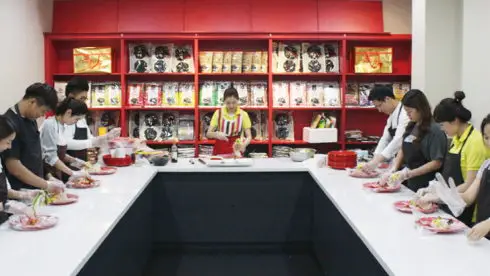Most Popular Attractions in Korea – Overall
In writing this post, we had an internal debate about how to actually measure popularity. Should we use social media websites? Google? Naver?
In the end, we figured that if we could find the most visited attractions in Korea, it would be a decent proxy for popularity. Despite how people rank places on the internet, over time, a sustained level of visitation to a place means that it must be doing something right.
We used statistics from the Korea Culture and Tourism Institute, which keeps meticulous data on attractions in Korea. The following list is of the most-visited attractions in Korea over the past few years.
And ultimately, while knowing the highest attended attractions in a country has a questionable relationship to what might actually interest you, nevertheless, we hope these provide some ideas for your trip.
First up are the highest attended places in Korea for both foreigners and tourists.
Everland (에버랜드)
 Source: www.koreajoongangdaily.joins.com
Source: www.koreajoongangdaily.joins.com
The largest theme park in Korea, this huge 600,000 square meter park (larger than a typical Disney!) holds zoological exhibits, safaris, a snow slope during the winter, parades, and typical theme park rides.
Steep and fast, the T-express coaster is built impressively on a hill – oh, and was ranked the #1 wooden coaster in the world during 2009 and 2010.
The newly opened safari is also a hit with children and their kids-at-heart parents, with up-close views of giraffes, lions, and other animals.
Located in Gyeonggi Province close to Seoul, find details here.
~7,000,000 visitors annually
Gyeongbok Palace (경복궁)
 Source: 한국학중앙연구회
Source: 한국학중앙연구회
The royal palace for centuries during the Joseon dynasty, Gyeongbokgung was occupied from the 1400s until the early 20th century, when Korea was colonized by Japan.
Gyeongbok is the largest of the Joseon dynasty palaces in Korea, and its surroundings emanate power.
Located in the Palace District of Seoul, find details here.
~6,000,000 visitors annually
Suncheon Bay National Garden (순천만국가정원)
 Source: visitkorea.or.kr
Source: visitkorea.or.kr
A 100+ hectare ecological garden, the park was opened by Suncheon City as part of an “ecological city” campaign.
With Korean, Turkish, British, German, Italian, American, and herb gardens nestled alongside the bay, the beautifully landscaped gardens are a natural showcase year-round, with blooms during the summer and pristine, stark landscapes during the winter.
Defying categorization, this ecological park/botanical garden also holds hidden ‘tribute’ trees to various personalities, stories, and rituals, as well as a habitat for thousands of endangered hooded cranes.
Located in South Jeolla Province, find details here.
~5,500,000 visitors annually
Imjingak Pavilion (임진각)
 Source: photo131.tistory.com
Source: photo131.tistory.com
A bittersweet memorial of sorts to the Korean War and the families rift by the conflict.
Only 7 km from the DMZ, the area is visited by families who left loved ones behind during the Korean War to conduct ancestral rites and send prayers to relatives across the border.
An ancient rail track, now disconnected and abandoned, sit with dilapidated rail cars as relics to a time when the country was still unified.
The Peace Bridge, an old wooden artifact, is inscribed with messages and prayers, and was last used in 1953 during the armistice agreement, when North Korea last allowed anyone to choose where they could live. Koreans who chose to flee North Korea crossed this bridge on their way to the South – and freedom.
Located in North Gyeonggi Province, close to the North Korean border, find details here.
5-6,000,000 visitors annually
National Museum of Korea (국립중앙박물관)
 Source: familyseoul.or.kr
Source: familyseoul.or.kr
Set in a spectacular, contemporary interpretation of traditional Korean architecture, the largest museum in Korea holds a panoramic collection of Korean historical artifacts, dating back thousands of years.
The floor area spread across multiple annexes is in the millions of square feet. Plan an entire morning, or day, because you will end up with tired feet.
Located in central Seoul, find details here.
~3,300,000 visitors annually
Nami Island (남이섬)
 Source: 남이섬
Source: 남이섬
One of the largest attractions in Gangwon Province, the island is a fantasy Republic accessible only by ferry. Visitors purchase ‘passports’ in order to enter the ‘country’, which is a natural resort.
Used as the setting for Korean dramas and television shows, the island is a superb date destination as well as a great getaway from the city as a daytrip.
Located in Gangwon Province, east of Seoul, find details here.
~3,300,000 visitors annually
Seongsan Ilchulbong/Sunrise Peak (성산일출봉)
 Source: wikipedia.org
Source: wikipedia.org
An ancient volcanic crater located off the southeast coast of Jeju Island, the 180 meter peak affords great hiking and amazing views at sunrise.
The crater is filled with verdant grass during the spring and colorful blooms during the summer, and is one of the most unique sights in Korea, if not in the world.
Located on Jeju Island, find details here.
~3,200,000 visitors annually
Kangwon Land (강원랜드)
 Source: High1 Resort
Source: High1 Resort
This is the only casino in Korea where Koreans are allowed to enter, so perhaps its unsurprising that it boasts such a large visitation volume. Foreigners, on the other hand, are welcome to lose their money in all casinos in Korea.
The casino is not the only feature here, however, with ski slopes, a resort, and other facilities in the resort-heavy area of Gangwon Province.
Located in Gangwon Province, east of Seoul, find details here.
~3,200,000 visitors annually
Dodam Sambong (도담삼봉)
 Source: chulsa.kr/8813122
Source: chulsa.kr/8813122
This triplet of rocky outcroppings in the middle of Namhangang (South Han River) in the city of Danyang, Chungcheong Province, has inspired some interesting stories.
According to legend, an ancient Governor of northern Gangwon Province, looking for a pretense to tax the residents of Danyang, declared that the rocks had drifted there after heavy rainfall. The residents obediently paid the tax until a sharp boy pointed out that since the rocks had appeared on their own, it was not through any intervention of the residents, and that the governor could take his rocks back if he wanted them. And so was the tax repealed.
The view of the outcroppings, versatile through the seasons, and the time of day, have also inspired the story that the three rocks look like an ancient Korean love triangle: the ‘husband’ rock, in the center, looks towards his ‘wife’, who turns away. Why? Because of the ‘mistress’ rock, sitting coquettishly beside the husband.
Located in North Chungcheong Province, find details here.
~3,000,000 visitors annually
Tongdosa (통도사)
 Source: jmbc.tv
Source: jmbc.tv
The only Buddhist temple on this list, Tongdo Temple has the designation of being one of the oldest temples in Korea. Uniquely, however, the temple does not have any statues of the Buddha or even any likenesses.
Continuously operated since its founding in 646, the temple came under the care of numerous dynasties throughout the years, and was the first stop for Mongol emissaries during the period of Yuan Dynasty rule.
Located in South Gyeongsang Province, next to Busan, find details here.
~3,000,000 visitors annually
Ganggu Port (강구항)
 Source: theuniv.co.kr
Source: theuniv.co.kr
Located on the eastern seaboard, Ganggu Port is considered to be one of the only ports in the area that retains its traditional character.
Located at the point where a stream empties into the ocean, the port is the main marketplace for king crabs in Korea. Its ‘look’ has drawn countless productions of Korean dramas and movies.
Located in South Gyeongsang Province, find details here.
~3,000,000 visitors annually
Odong Island (오동도)
 Source: visitkorea.or.kr
Source: visitkorea.or.kr
An island located off the coast of the southern city of Yeosu, Odong is accessible via a 770 meter footbridge affording ocean, city, and mountain views. A tram is also available for the less pedestrian-inclined.
The island is one of Korea’s most famous places to see red-petaled camellia blooms, which make the island ‘blush’ during the month of March. The site of various stories and legends, the famous General Yi Sun-shin is said to have trained his soldiers here, fashioning arrows out of the local trees. A spectacular, forested promenade encircles the island, offering ocean vistas and views of coastal rock formations.
Located in South Jeolla Province, find details here.
~2,800,000 visitors annually
Seoul Grand Park (서울대공원)
 Source: epochtimes.co.kr
Source: epochtimes.co.kr
The Seoul Grand Park grounds encompass the Seoul Zoo, the Theme Garden botanical gardens, the Children’s Zoo, and the seasonal Rose Garden. The Seoul Zoo is home to nearly 350 species, and is recognized as the 10th largest in the world.
Located in south Seoul, find details here.
~2.5-3,000,000 visitors annually
Dolsan Park (돌산공원)
Also located in Yeosu, this park is the best spot to catch a night view of the city skyline and lighted bridges.
Before boarding a cable car that connects the park to the mainland, relax at a teahouse converted from a former Korean drama set. Walk towards the sea to catch a replica of the famous (spiky) turtle warships used by General Yi Soonshin during multiple wars against Japan.
Located in South Jeolla Province, find details here.
~2,500,000 visitors annually
Seorak Mountain Park (설악산)
 Source: chulsa.kr/45888544
Source: chulsa.kr/45888544
The sprawling, 400 square kilometer Seorak Mountain National Park offers the most spectacular hiking in Korea. Numerous trails offer views of ancient temples, waterfalls, caves, and fortresses. The park is a year-round destination with blooms during the spring, fall foliage, and snowy vistas in the winter.
Located in Gangwon Province, find details here.
~2,200,000 visitors annually
Dongpirang Village
Literally ‘East Hill’ in the local dialect, this half-village, half-art installation in the southern town of Tongyeong was revitalized a decade ago by teams of artists who imbued the village with its character.
The multi-level, colorful murals appear as if stacked on the hill.
Located off the coast of South Gyeongsang Province, find details here.
~2,200,000 visitors annually
Seoul Land (서울랜드)
The third largest amusement park in Korea, Seoul Land is a no-frills ride park with rides and attractions for all ages. In Korea, it remains the second largest outdoor theme park after Everland.
Located in Seoul, find details here.
~2,000,000 annually
Popular Attractions in Korea for Tourists
In addition to the above, here are some additional attractions in Korea that are popular among tourists.
Deoksu Palace (덕수궁)
 Source: artinsight.co.kr
Source: artinsight.co.kr
Originally built for a prince, this palace was not occupied by Joseon kings until the other palaces burned to the ground during the Japanese invasion of 1592.
The palace is located at the corner of Seoul’s busiest downtown intersection, and is the most ‘modern’ of the palaces, ascending to prominence during the era of Japanese wars and occupation. The king at the time had a modern Western-style hall built with secret passageways to the Russian Emissary (still existing!).
Located in the Palace District of Seoul, find details here.
~1.5-1,900,000 visitors annually
Changdeok Palace (창덕궁)
 Source: cdg.go.kr
Source: cdg.go.kr
Another Joseon dynasty-era royal palace, the palace was built by a king as an alternate to Gyeongbok, apparently because of the negative vibes emitted there from having killed two of his brothers (rivals to the throne) during a power struggle.
Changdeok Palace was burned to the ground – by Koreans – during the Japanese invasion of 1592, because they were angry at the perceived cowardice of the royal family, who had fled the palace without even a sign of resistance.
The gardens behind the palace are also quite large – 30 hectares – and were forbidden to everyone but the royal family and the palace women; not even guards were allowed to enter. This Forbidden or Secret Garden has since been opened to the public.
Located in the Palace District of Seoul, find it here.
~1.7-1,900,000 visitors annually
Namsangol Hanok Village (남산골한옥마을)
 Source: visitkorea.or.kr
Source: visitkorea.or.kr
A cultural attraction that opened in 1998, the village recreates traditional Korean village life with restored houses, a pavilion, and gardens. The houses range in style and economic class.
Located in Seoul, find details here.
~1.3-1,800,000 visitors annually
Korea Folk Village (한국민속촌)
 Source: visitkorea.or.kr
Source: visitkorea.or.kr
Located just south of Seoul, the Korea Folk Village is a historical recreation of a typical Joseon Dynasty village, complete with farms, homes, schools, and streets.
Participate in workshops and watch street performances, then eat and imbibe at the bazaar, restaurant, or traditional pharmacy.
The village’s surroundings make it an almost perpetual studio for historical dramas, many of whose sets are still preserved. A corner of the village is dedicated to children’s theme park rides.
Located in Gyeonggi Province, find details here.
~1.3-1,500,000 visitors annually
Petite France (쁘띠프랑스)
 Source: pfcamp.com
Source: pfcamp.com
At once a replica of a French village and occasional Korean drama filming location, the village is a tribute to the world of The Little Prince.
The ‘petite’ cluster of hillside buildings includes galleries, souvenir shops, and performances. The non-sequitur location in the middle of Gangwon Province provides a getaway for the numerous youth camps held here.
Located in Gangwon Province, find details here.
~1,000,000 visitors annually
Jeju Folklore and Natural History Museum
 Source: visitkorea.or.kr
Source: visitkorea.or.kr
The showcase for Jeju’s unique natural history and culture.
As Korea’s southermost – and only island – province, the volcanic and marine ecosystem has given rise to unique flora and fauna, as well as a dialect and lifestyle unknown to those on the peninsula. Learn about it here.
Located on Jeju Island, more details here.
~800,000 visitors annually
3rd Infiltration Tunnel
 Source: tour.paju.go.kr
Source: tour.paju.go.kr
One of the primary sights along the DMZ border, this once ultra-secret tunnel was built by the North Koreans in order to launch a lightning ground strike on South Korea in the event of war, and is a relic of the super heightened tensions between the two Koreas during the 1970s.
Originally discovered in 1978 because of a random detonation, these are one of four discovered tunnels that enter nearly half a kilometer into South Korean territory.
With up to 20 undiscovered tunnels actually rumored to exist, these are a relic of a time when North Korean artillery and missiles did not have long-range capabilities, and a ground war was the primary threat. These and the other DMZ attractions comprise the scariest border on earth.
Located in Gyeonggi Province, find details here.
~400,000-600,000 visitors annually
Kimchi School (김치스쿨)
A school for kimchi and seaweed roll (kimbap) making, with locations in both Gyeonggi and Jeju. Also hosts hanbok (traditional Korean costume) experiences.
Find details here.
~200,000-300,000 visitors annually
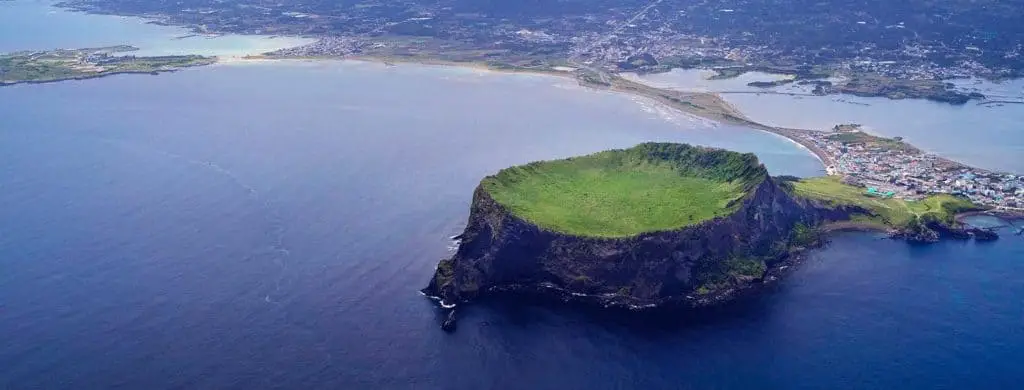
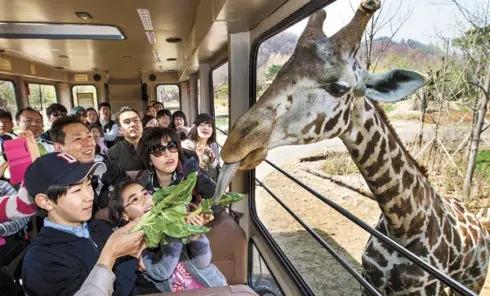 Source: www.koreajoongangdaily.joins.com
Source: www.koreajoongangdaily.joins.com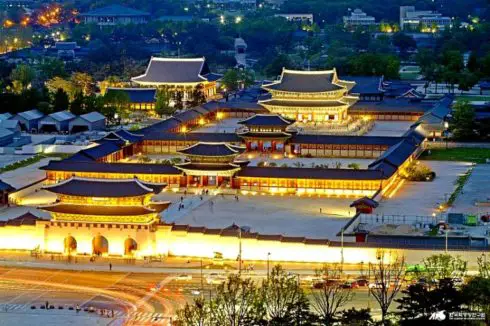 Source: 한국학중앙연구회
Source: 한국학중앙연구회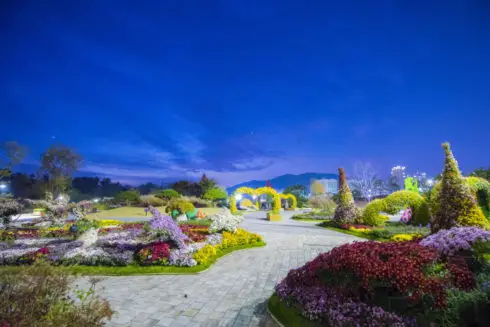 Source: visitkorea.or.kr
Source: visitkorea.or.kr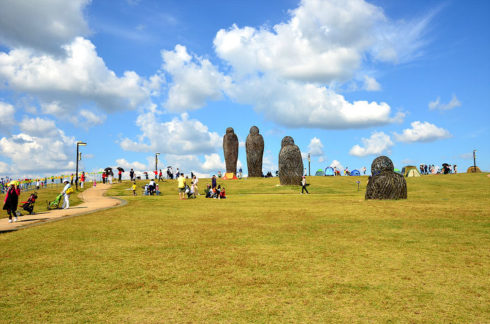 Source: photo131.tistory.com
Source: photo131.tistory.com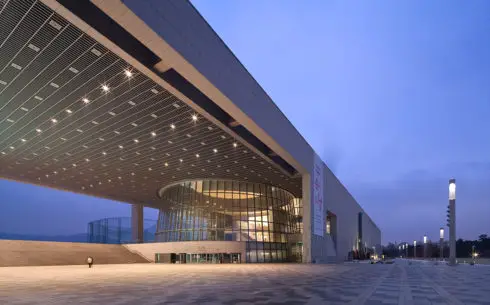 Source: familyseoul.or.kr
Source: familyseoul.or.kr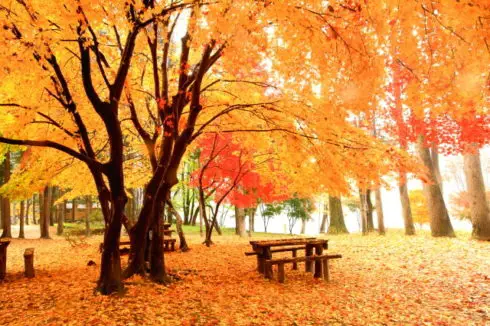 Source: 남이섬
Source: 남이섬 Source: wikipedia.org
Source: wikipedia.org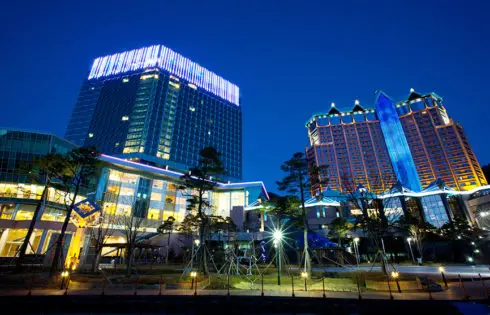 Source: High1 Resort
Source: High1 Resort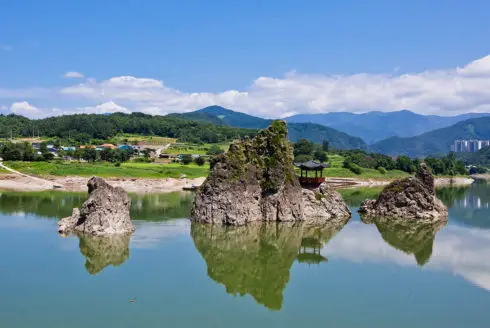 Source: chulsa.kr/8813122
Source: chulsa.kr/8813122 Source: jmbc.tv
Source: jmbc.tv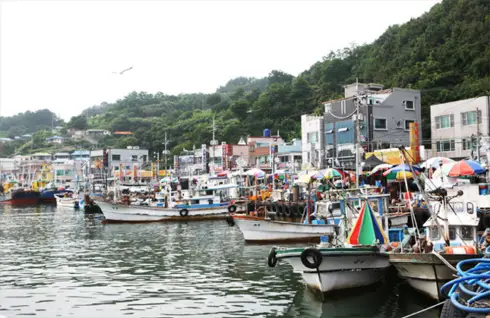 Source: theuniv.co.kr
Source: theuniv.co.kr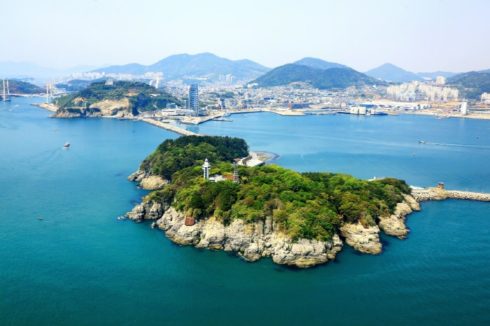 Source: visitkorea.or.kr
Source: visitkorea.or.kr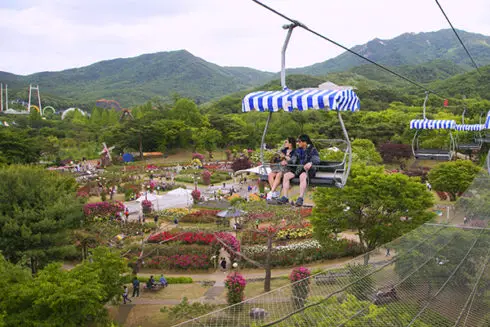 Source: epochtimes.co.kr
Source: epochtimes.co.kr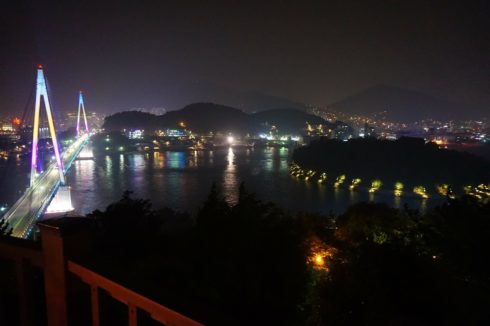
 Source: chulsa.kr/45888544
Source: chulsa.kr/45888544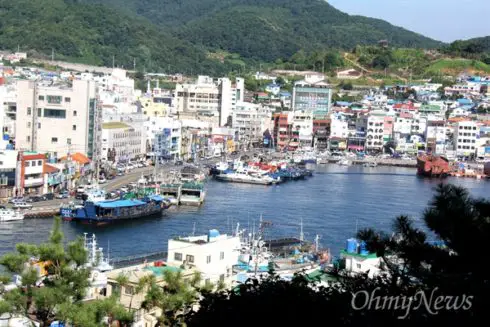
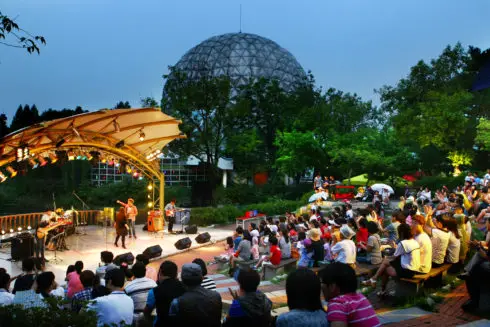
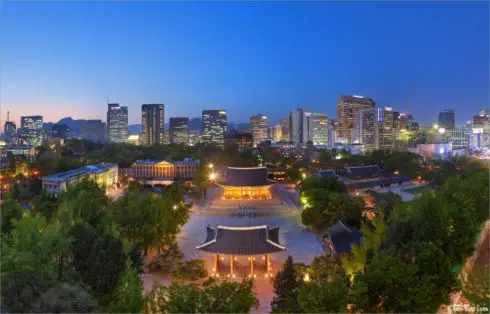 Source: artinsight.co.kr
Source: artinsight.co.kr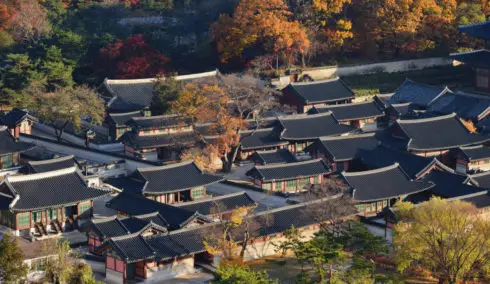 Source: cdg.go.kr
Source: cdg.go.kr Source: visitkorea.or.kr
Source: visitkorea.or.kr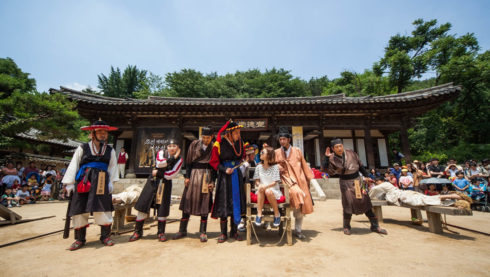 Source: visitkorea.or.kr
Source: visitkorea.or.kr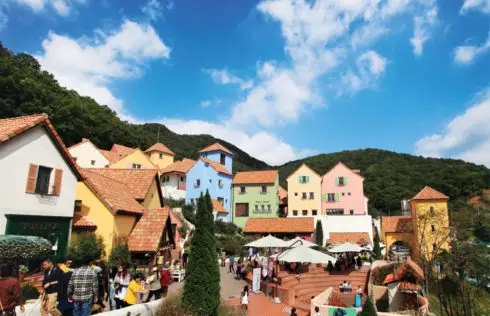 Source: pfcamp.com
Source: pfcamp.com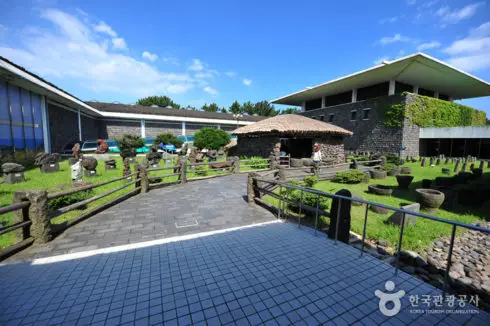 Source: visitkorea.or.kr
Source: visitkorea.or.kr Source: tour.paju.go.kr
Source: tour.paju.go.kr